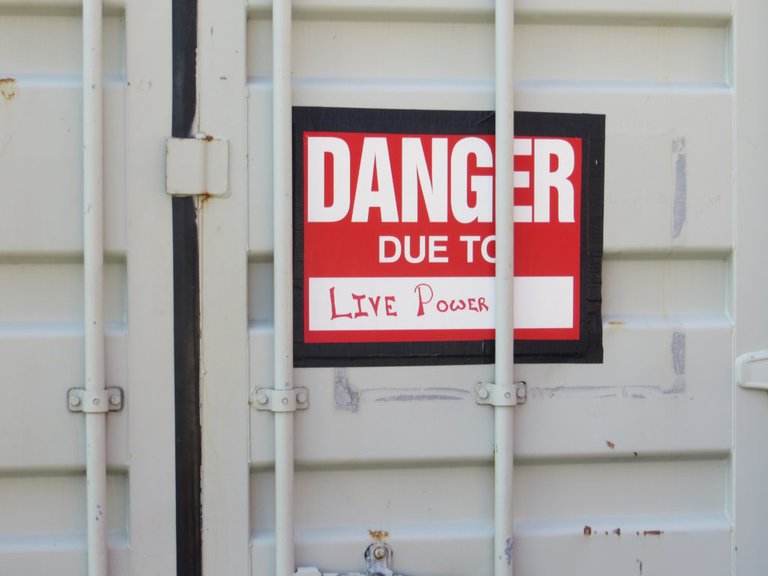
The purpose of this post is to define the terms that I use elsewhere on this site, including documents, articles, tutorials, etc.

If you ask most electrical engineers what's low voltage, or high voltage you are not likely to get a straight answer. There are a lot of good reasons for this, Colin over at Newae he would consider 120V high-voltage, but for me, that's definitely low voltage.
If you ask an electrical safety specialist, they may define 30V and under low voltage because it is only then that the risk of shock is low enough not to consider the circuit energized.
My Voltage Level Definition
These days I'm mostly a P&C engineer with some SCADA added for good measure. I define voltage levels as follows:
- Below 750V - Low Voltage
- Between 750V and 25kV - Medium Voltage
- Over 25kV - High Voltage
I do extremely limited design above 25kV so I don't define anything above there, however at the transmission level extra-high and ultra-high voltage terminology is used.
And this is the challenge with terms like medium voltage, or low voltage, its relative. Unless you know the background of your audience, its electrical jargon.

Does power really live?
My Definitions
A mentor told me that the reason that there are definitions at the start of every report he wrote was to ensure that everyone was using the same language when they read the report.
Now when I reference low voltage, or medium voltage, you can refer back to this page (I will probably link it too) so you know what I'm talking about.
Stay In Touch
If you like this, you will really like my weekly newsletter.
If you like this article and want to hear more sign up for our newsletter at jmkengineering.com/newsletter Posted from our blog at https://jmkengineering.com/voltage-levels-and-terms/.